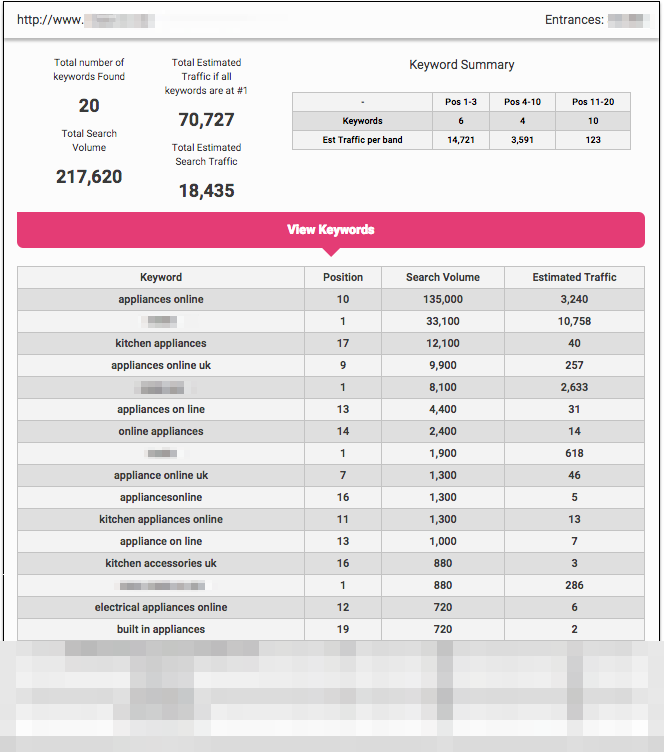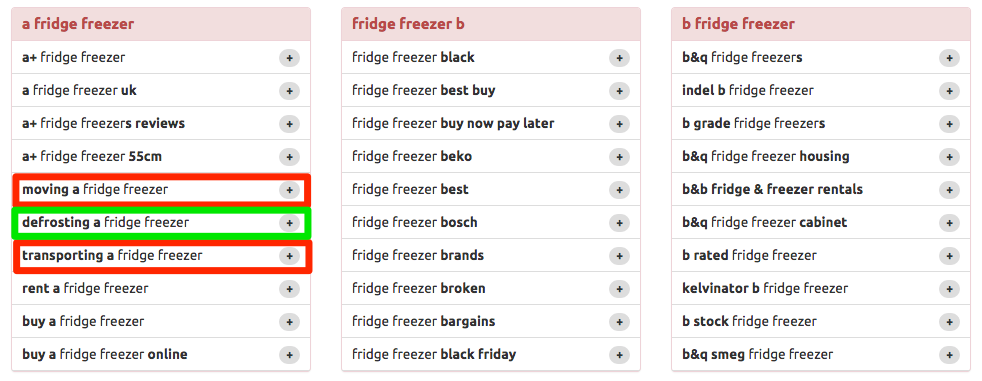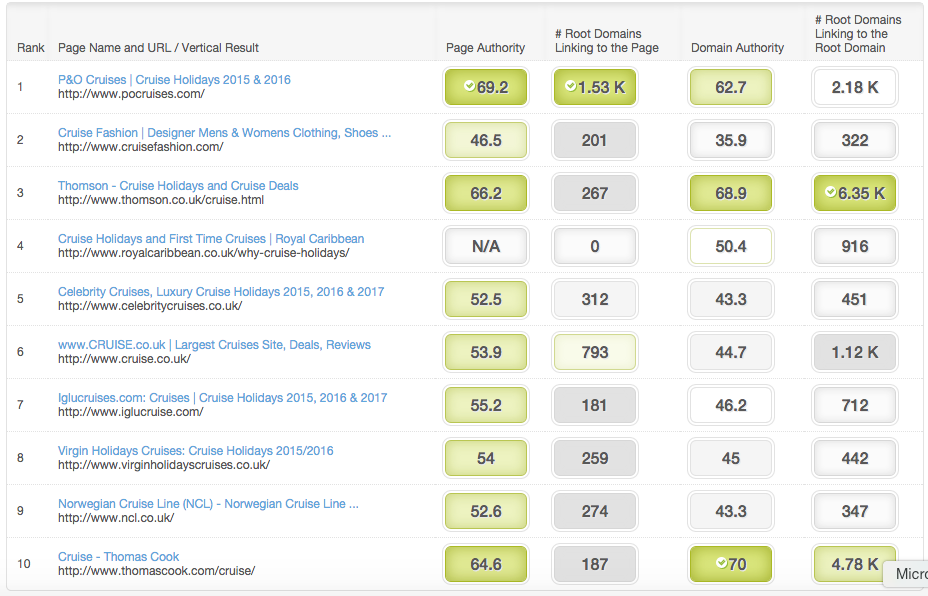Finding keyword opportunities is becoming more and more difficult, with the markets we work in becoming even more competitive.
I recently wrote a post that went through my five steps to spotting keyword opportunities using a piece of campaign management software, but there are lots of tools that can help you to spot keyword opportunities.
When you use these four useful tools together, they can help you to spot an array of keyword opportunities and determine the effort that is required to gain visibility within the search engines.
Open Your Eyes with (Now Provided)
The first place that you should look to for keyword opportunities is the one place that is most often overlooked — your own website! Understanding what terms you are currently ranking for, and what traffic they are driving, should be your first port of call.
The (Now Provided) tool allows you to see what terms you are ranking for within the top 20 of either the UK or US market for your chosen search engine and merges them with Google Analytics organic landing page data.
This not only allows you to see what keywords are behind the success of your content, but also provides keyword topics that have potential but may need more emphasis.

As well seeing what pages are performing well, (Now Provided) will also allow you to understand those terms that may require more in-depth pages to be created to provide the best possible resource for the users search query.
Once you have run the tool, don’t forget to export the data so that you can start to create your keyword opportunity topics.
Domain vs. Domain Analysis by Semrush
Now that you have an understanding of those terms that are driving traffic to specific pages, what about those terms that your competitors are targeting?
Semrush provides a great resource within their tool suite, which compares domains and shows how you are performing versus your major competitors.

The tool will provide you with a list of terms that you and your competitor(s) both rank for when you add their URL(s) vs. your own. If you export the results into a spreadsheet and filter by those terms that are ranking in positions 10-20 within your chosen search engine and market, you can identify terms that will further enhance your list of keyword opportunities.
By merging this list with that identified by (Now Provided), you will start to collate a good list of keyword topic opportunities. At this point it, is worth tagging the terms into categories/topic groups to help with the selection process.
Go Long-Tail with Keywordtool.io
Although you will have already found some good opportunities, it is essential to create the very best resource for your users, and therefore you need to cover the topic in full.
Using your opportunity list, take the head term of each keyword topic and run it through Keywordtool.io. This will provide you with a list of results that users are currently searching for and are appearing in Google suggest.

By exporting the list and running the terms through Google’s Keyword Planner, you will get another good list of terms to make your resource a lot more effective. The next step is to trim that list down to those that are real opportunities and fit within the keyword topic you are targeting.
Competition? What Competition? — Moz Keyword Difficulty Tool
Now that you have a list of keyword opportunities, you need to prioritize them by how difficult it would be to achieve the visibility that you want.
There are many tools that are starting to implement their own keyword difficulty metric, but the one that has been around the longest is the Moz Keyword Difficulty Tool.
Although time consuming, getting a keyword score for each term and then averaging the score for each keyword topic quickly provides you with a quick understanding of what effort is going to be required.

With all the data you’ve gathered from the tools mentioned above, you will be in a commanding position and able to pursue the right keyword opportunity at the right time.
These are just four tools that I use to help spot keyword opportunities. Do you use any of these tools? I’d love to hear your thoughts in the comments below or over on twitter @danielbianchini.
